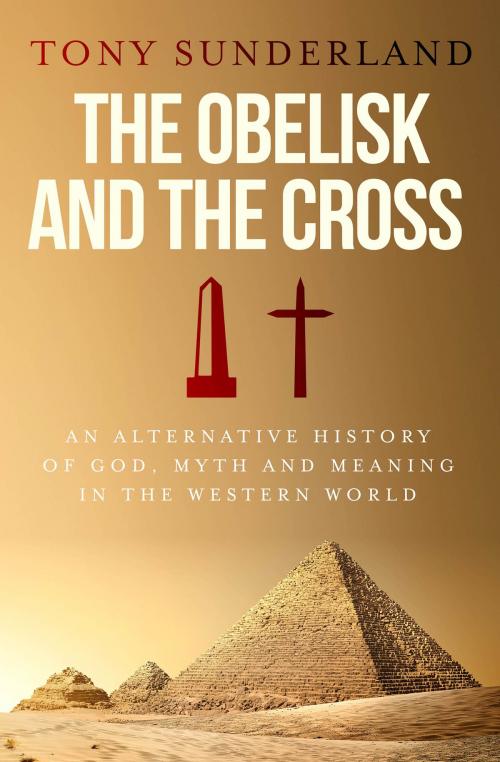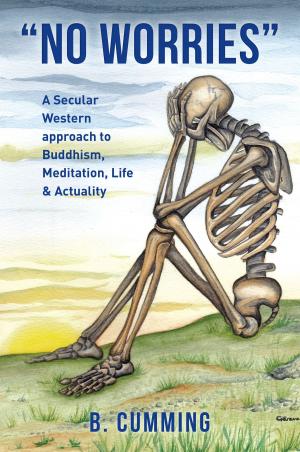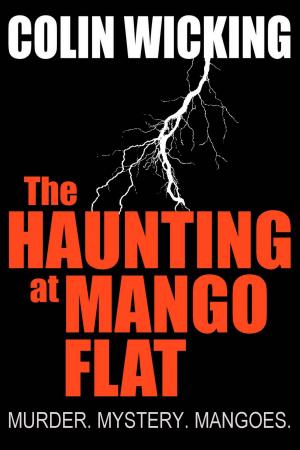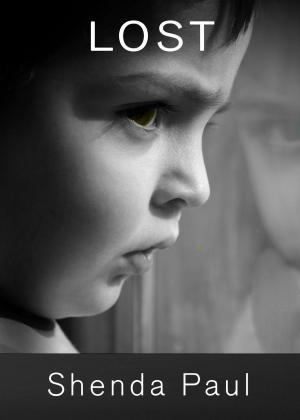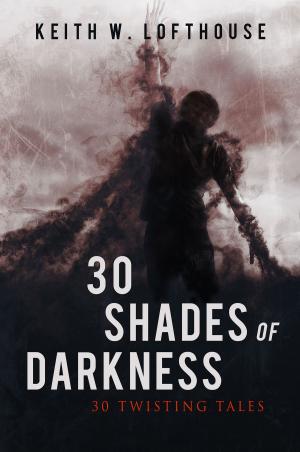The Obelisk and the Cross
An Alternative History of God, Myth and Meaning in the Western World
Nonfiction, Religion & Spirituality, Reference, Comparative Religion| Author: | Tony Sunderland | ISBN: | 9781925515053 |
| Publisher: | Fontaine Publishing Group | Publication: | June 14, 2016 |
| Imprint: | Vivid Publishing | Language: | English |
| Author: | Tony Sunderland |
| ISBN: | 9781925515053 |
| Publisher: | Fontaine Publishing Group |
| Publication: | June 14, 2016 |
| Imprint: | Vivid Publishing |
| Language: | English |
Why does an ancient Egyptian obelisk celebrating the god of the sun stand in the centre of St Peter’s Square in Vatican City, the home of the Pope and the heartland of Catholicism? Taking this mysterious fact as his starting point, Tony Sunderland examines the history of religious belief in an attempt to understand how what has happened in the past continues to exert a ghostly influence in the present. Going right back to the voluptuous mother goddess figures of our ancestors, the pantheons of the Greeks and Romans, the wisdom of the Hebrew Bible, the birth of Christ, the radical heresies of the Gnostics and the Esoterics, the consolidation of a Catholic orthodoxy and the Protestant revolution, Sunderland traces a history of ideas that shines a light on how and why belief systems are constructed and the role they play in providing meaning and order in a dangerous, volatile world. Where did we come from? Why are we here? What happens when we die? Many alternative explanations of how ‘things came to be’ in the Western world have either been ignored or suppressed by dominant and overpowering narratives of what can be termed as consensus history. This book blends the orthodox view of Western history with alternative interpretations and propositions of historical events. The metaphors of the obelisk and the cross have been used to illustrate the interdependent relationship between the ‘other’ and the ‘orthodox’ respectively. One cannot dominate the other; rather they can only be defined through an understanding of what they are not. Only then, can bridges be made to create a vision of ‘what could be’. “Early Christianity did not compromise. The new faith had two non-negotiable principles: it was exclusive – it did not tolerate other gods or religious faiths; and it was evangelical – it wanted to expand its flock to all who would listen.”
Why does an ancient Egyptian obelisk celebrating the god of the sun stand in the centre of St Peter’s Square in Vatican City, the home of the Pope and the heartland of Catholicism? Taking this mysterious fact as his starting point, Tony Sunderland examines the history of religious belief in an attempt to understand how what has happened in the past continues to exert a ghostly influence in the present. Going right back to the voluptuous mother goddess figures of our ancestors, the pantheons of the Greeks and Romans, the wisdom of the Hebrew Bible, the birth of Christ, the radical heresies of the Gnostics and the Esoterics, the consolidation of a Catholic orthodoxy and the Protestant revolution, Sunderland traces a history of ideas that shines a light on how and why belief systems are constructed and the role they play in providing meaning and order in a dangerous, volatile world. Where did we come from? Why are we here? What happens when we die? Many alternative explanations of how ‘things came to be’ in the Western world have either been ignored or suppressed by dominant and overpowering narratives of what can be termed as consensus history. This book blends the orthodox view of Western history with alternative interpretations and propositions of historical events. The metaphors of the obelisk and the cross have been used to illustrate the interdependent relationship between the ‘other’ and the ‘orthodox’ respectively. One cannot dominate the other; rather they can only be defined through an understanding of what they are not. Only then, can bridges be made to create a vision of ‘what could be’. “Early Christianity did not compromise. The new faith had two non-negotiable principles: it was exclusive – it did not tolerate other gods or religious faiths; and it was evangelical – it wanted to expand its flock to all who would listen.”
